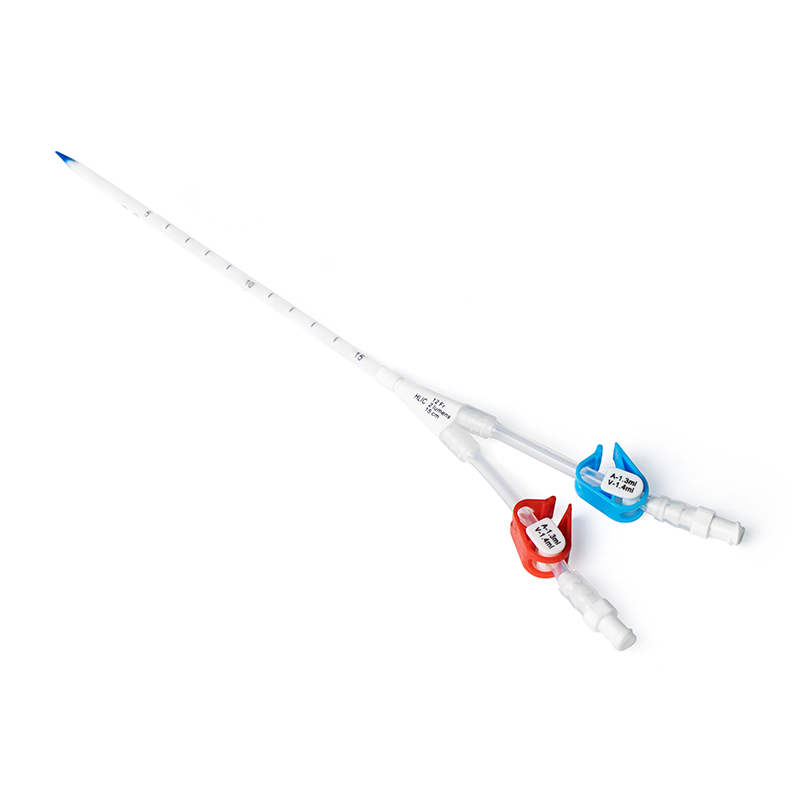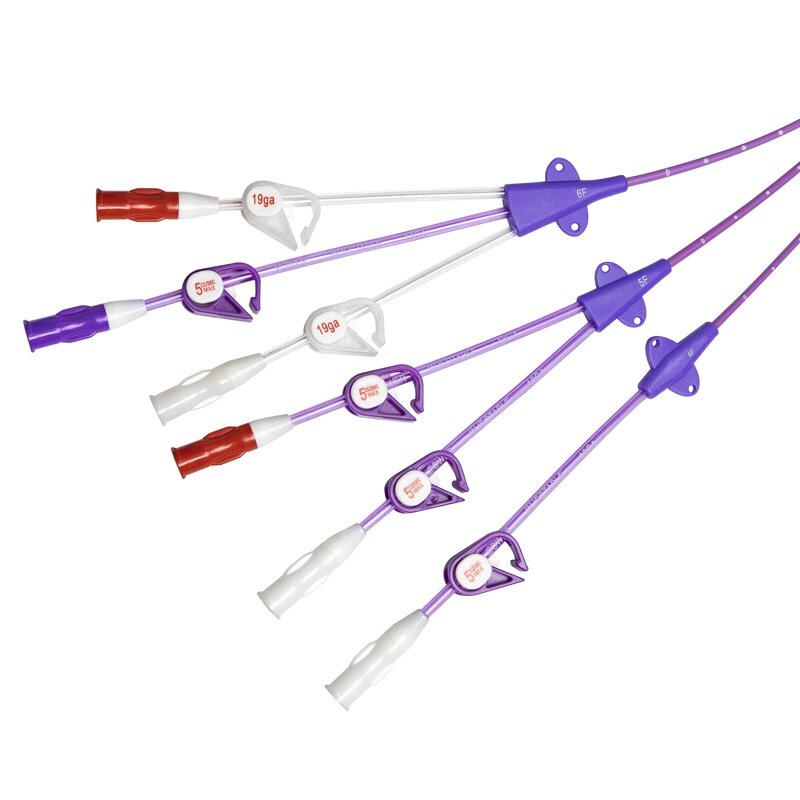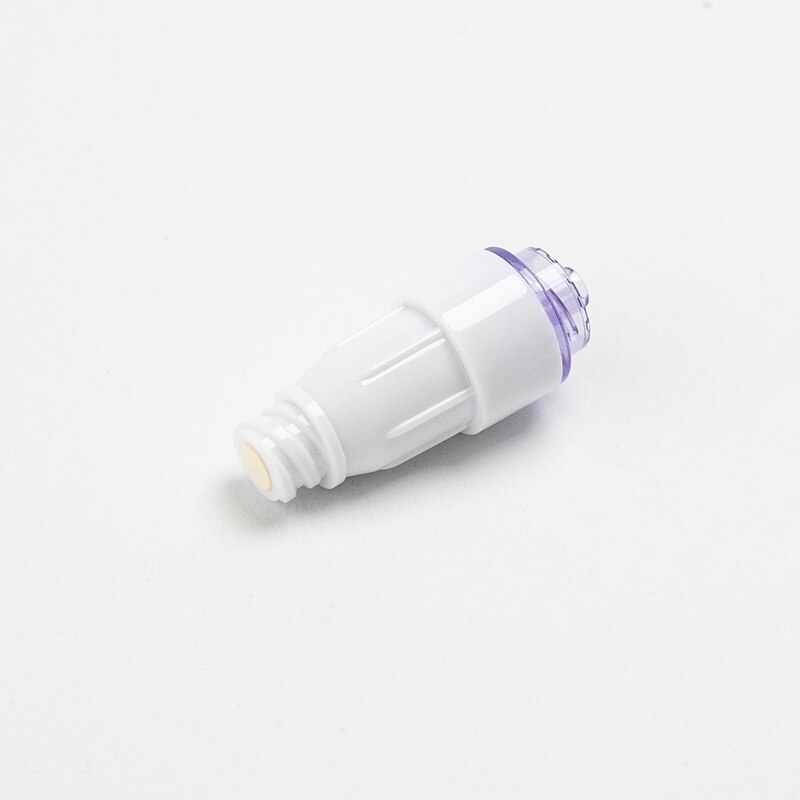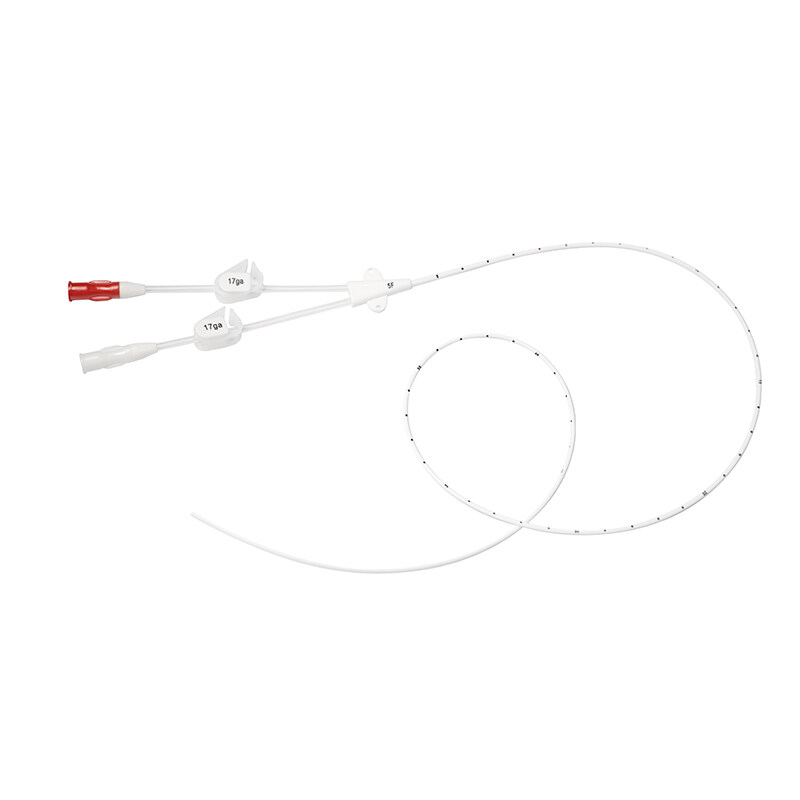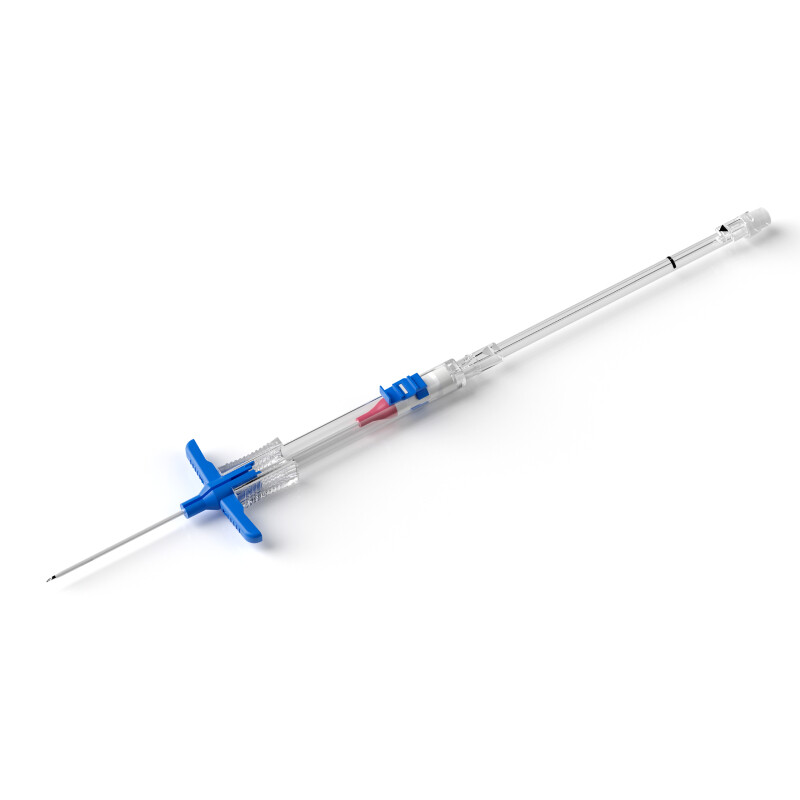The Symmetric tip Hemodialysis catheter from Haolang Medical
Hemodialysis catheters are an essential part of kidney replacement therapy. While these catheters are considered only the bridge to long-term vascular access such as arteriovenous fistulas and grafts, they are associated with significant morbidity and mortality and subsequent increased health care expenditures. However, despite these risks, a large proportion of end stage kidney disease population initiates dialysis using these catheters. The pathogenicity of HDCs stems from its invasive nature to the venous vasculature tree resulting in both mechanical and infectious complications. Therefore, the wide use these catheters in dialysis population and the associated complications necessitated continuous innovations in the catheter material, design, and placement techniques. This review provides an update on the catheter types, catheter tip designs, and the new technologies and innovations aimed to improve the catheter functionality and mitigate its related complications.
Long-term Hemodialysis Catheters (Tunneled Catheters/Permanent Catheter)
The tunneled catheters are used to provide vascular access until the creation or maturation of a long-term dialysis access, such as arteriovenous fistula (AVF) or arteriovenous grafty (AVG). They are also used in patients who exhausted all access options for long term dialysis access. They are ideally placed under fluoroscopic guidance into the jugular vein and terminate in the right atrium. Tunneled catheters are made of pliable materials such as polyurethane–polycarbonate copolymer or silicone to minimize catheter breakdown, vascular damage, and catheter-related complications. Polyurethane-polycarbonate copolymers are systematically biocompatible.
It is well known that infection is the most common complication encountered with long term HDC and usually associated with significant morbidity, mortality and hospitalization in hemodialysis patients. Most of these catheter-related blood-borne infections are often the result of colonization from the neighboring skin flora. Subsequently, the tunneled cuffed catheters were developed in which the cuff is intended to form a fibrous tissue that could create a barrier against infection. Moreover, the cuff and its associated fibrous tissue could also provide more stable access by preventing displacement. Currently, all long-term catheters contain a polyester cuff that helps in positioning the catheters in the subcutaneous tract. As such, these catheters are described as tunneled or cuffed catheters.
In terms of design, the long-term HDC are made with side holes to maintain continuous blood flow during the dialysis process. However, the presence of these side holes is associated with increased turbulence and subsequent intra-luminal thrombosis. The use of dialysis catheters that have no side holes has been reported to have a lower catheter infection rate.
In practice, there are five different tip designs for the long-term HDC available in the market: step-tip, split-tip, symmetrical, self-centering, and Y-Tip. The most commonly used long-term catheters are Palindrome (Medtronic), HemoStar (BD Bard), PermCath (Medtronic), Hemo-Cath (MedComp), Hemo-Flow (MedComp), Hemo-Split (BD Bard), Cannon (Teleflex, Wayne, Pennsylvania), CentrosFLO (Merit), and Glidepath (BD Bard) . Permcath, Hemo-Cath and Hemo-Flow catheters are made of silicone.
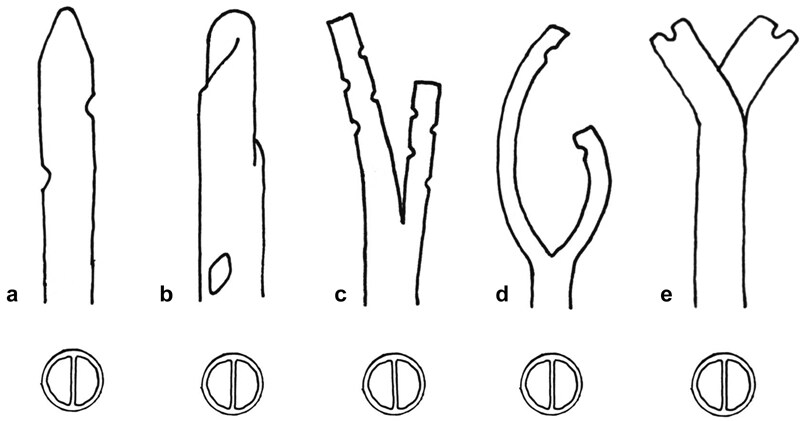
Haolang Medical New Item: Symmetric tip Hemodialysis catheter
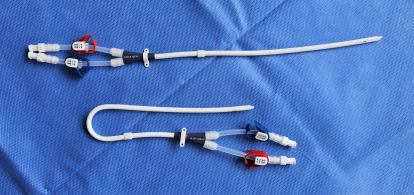
Benefits and Features:
Since the structure of the catheter artery cavity and the vein cavity at the tip is the same (symmetrical), the artery cavity and the vein cavity can be arbitrarily reversed, and the recirculation rate is lower than 2%.
The side hole presents a diamond shape structure, and the scouring effect can be formed during dialysis, effectively preventing the formation of tip thrombosis.
The catheter tip opens and forms a diagonal section, which can avoid the catheter tip attaching to the vessel wall.
The catheter flow rate is large, up to 270~350ml/min, high dialysis efficiency, avoid machine alarming.
the catheter cavity and tip smooth and unobstructed, smooth incision, not easy to attach thrombi, protein or bacteria
Compared with the traditional step tip, trapezoidal tip, split tip, etc., the probability of thrombosis and infection of the symmetrical tip catheter is more than 20% lower, thus reducing the probability of unexpected extubation and tube replacement.
The artery cavity and vein cavity of the symmetrical tip are in the same position at the tip, and the tip can be placed in the best position during placement.

